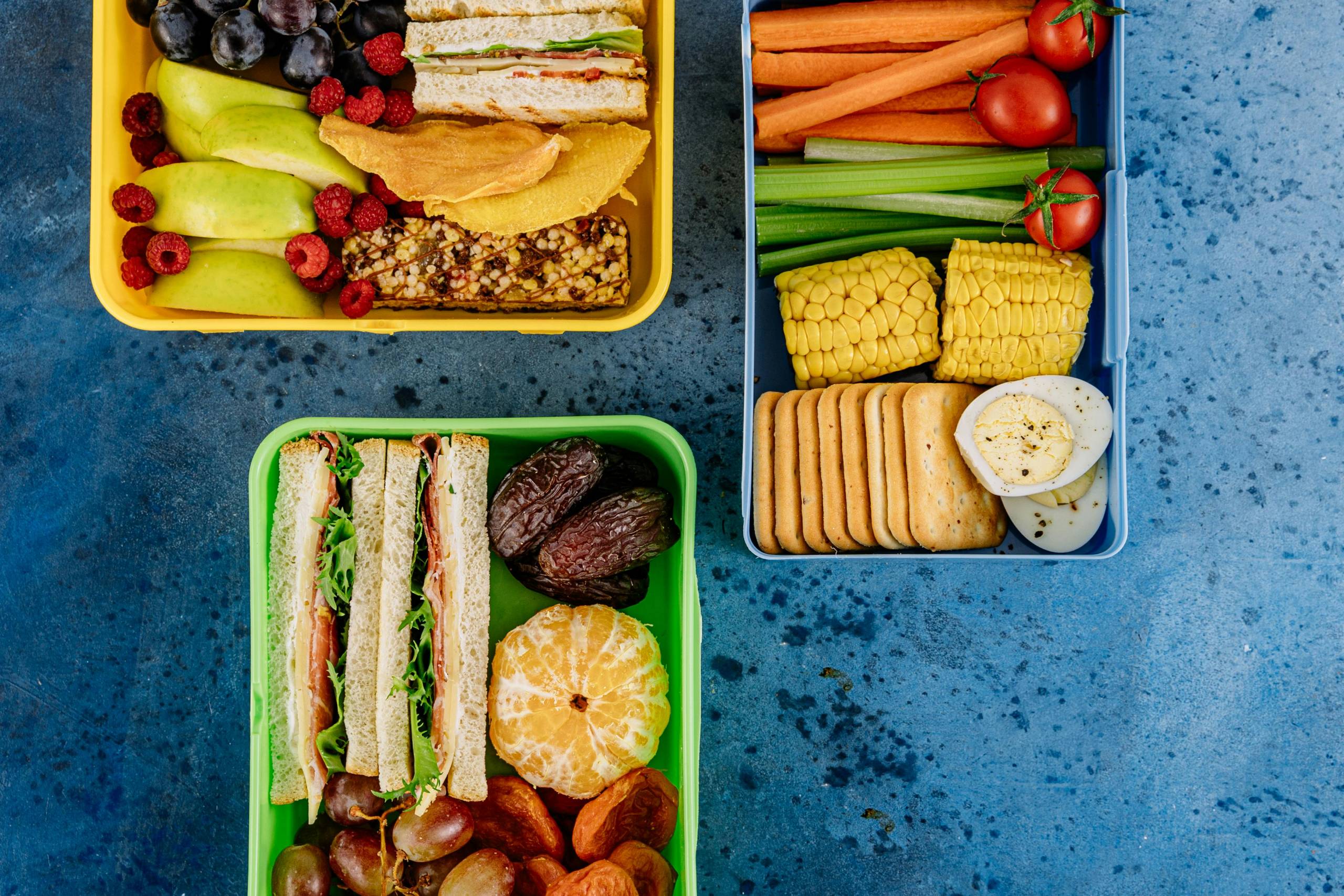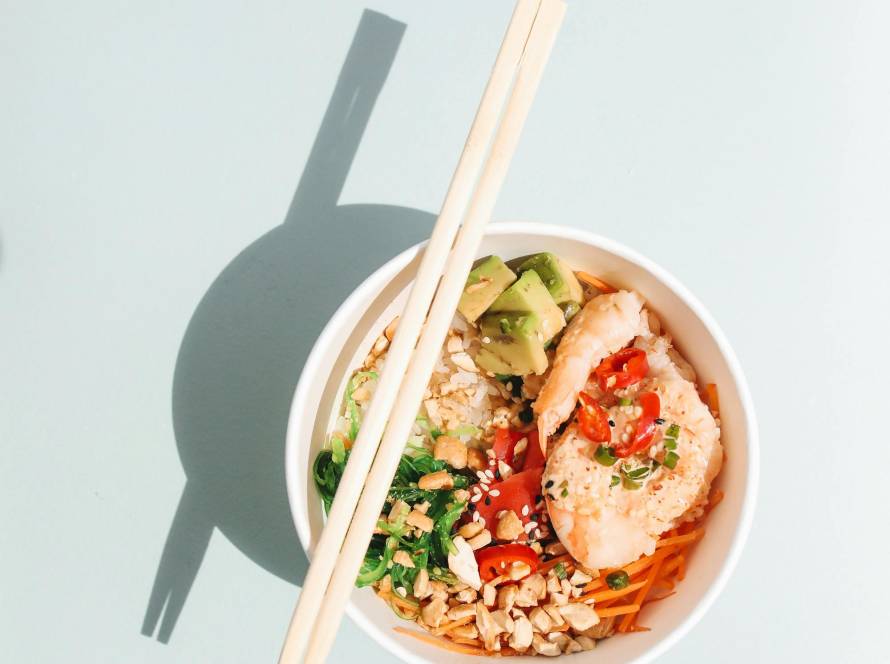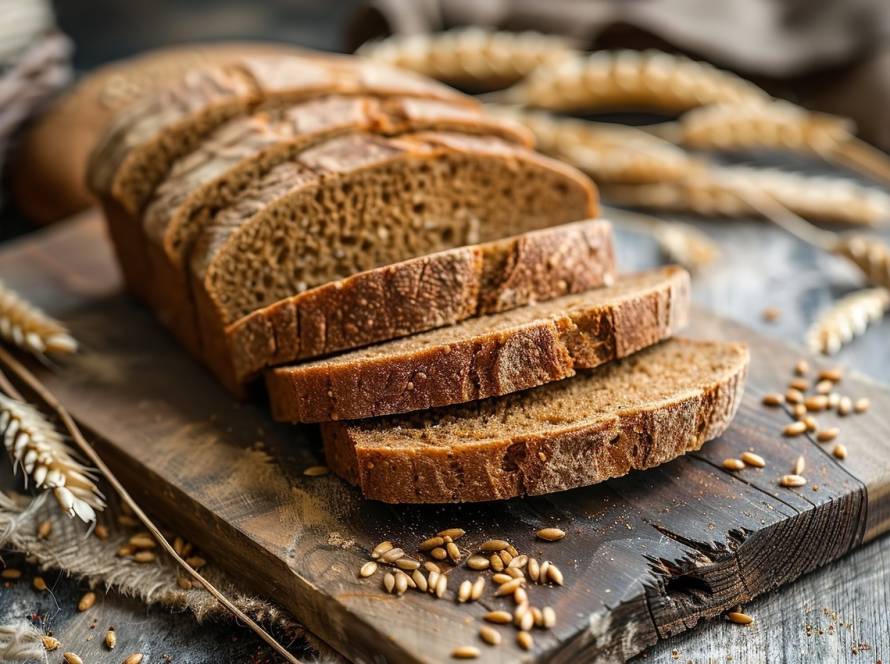Gluten-Free Pantry Essentials: A Complete Guide for a Safe & Tasty Kitchen
Whether you’re new to the gluten-free lifestyle or a seasoned home baker, having the right gluten-free pantry staples is crucial for success. Stocking your kitchen with safe, reliable ingredients ensures your gluten-free baking and cooking adventures are stress-free and delicious.
Why a Gluten-Free Pantry Matters for your Health?
For people living with celiac disease or gluten sensitivity, avoiding gluten isn’t a choice—it’s essential for their health. Cross-contamination and hidden sources of gluten can turn a comforting meal into a health risk. That’s why maintaining a well-stocked, dedicated gluten-free pantry is a game changer.
Flour Alternatives for Gluten-Free Baking
Traditional all-purpose wheat flour is out—but there are plenty of fantastic alternatives to use in gluten-free baking. Here are some must-haves:
- Almond Flour: Great for cakes, cookies, and muffins. Offers a rich, slightly nutty flavor.
- Coconut Flour: High in fiber and requires more liquid. Best used in combination with other flours.
- Brown Rice Flour: Mild-tasting and versatile, perfect for bread and pancakes.
- Sorghum Flour: Neutral flavor; adds moisture and works well with other starches.
- Gluten-Free Oat Flour: Soft texture, ideal for muffins and quick breads.
- Chickpea (Garbanzo) Flour: High in protein, great for savory baking and flatbreads.
Pre-Made Gluten-Free Flour Blends
For convenience, keep a high-quality gluten-free all-purpose flour blend on hand. These blends often contain a mix of rice flour, starches, and binders like xanthan gum, offering consistent results in most recipes.
Binders and Thickeners
In the absence of gluten, binders are necessary to provide structure and elasticity in baked goods. These pantry staples are essential for every gluten-free kitchen:
- Xanthan Gum: Often used in gluten-free recipes to mimic the binding properties of gluten.
- Guar Gum: Another thickening agent that works well in cold dishes and some baked goods.
- Psyllium Husk Powder: Adds elasticity and volume to gluten-free bread and dough.
Starches for Celiac-Friendly Recipes
Starches help lighten flour blends and improve the texture of your baked goods. Consider adding these to your kitchen:
- Tapioca Starch: Adds chewiness to cookies and lightness to cakes.
- Potato Starch: Adds moisture and works well in cakes and muffins.
- Cornstarch: Commonly used for thickening sauces and desserts.
- Arrowroot Powder: A grain-free thickener that’s great for sauces, gravies, and puddings.
Cooking Essentials for a Gluten-Free Lifestyle
Gluten-free baking is only one part of the equation. You also need safe, gluten-free ingredients for everyday wheat-free cooking. Here’s a list of essential staples:
- Gluten-Free Pasta: Try brown rice, quinoa, or lentil-based options.
- Gluten-Free Soy Sauce or Tamari: A must-have for Asian dishes and marinades.
- Certified Gluten-Free Grains: Such as quinoa, millet, amaranth, and buckwheat.
- Gluten-Free Broth and Bouillon: Always check labels carefully.
- Canned Beans: Versatile protein source perfect for soups, stews, and more.
Sweeteners and Flavor Enhancers for Gluten-Free Treats
You can enhance your dishes with naturally gluten-free ingredients. Keep these gluten-free staples on hand for both sweet and savory creations:
- Pure Maple Syrup & Honey: Natural sweeteners perfect for baking.
- Vanilla Extract: Choose gluten-free or gluten-free certified brands.
- Spices and Herbs: Use pure spices without additives or fillers.
- Apple Cider Vinegar: Boost flavor and leaven baked goods.
Tips for Organizing Your Gluten-Free Pantry Essentials
It’s not just about what you stock—it’s how you store it:
- Label Everything: Use stickers or markers to clearly label gluten-free items.
- Store Separately: Avoid cross-contamination by designating a gluten-free area.
- Use Airtight Containers: Flour and dry goods stay fresh longer and safe from contamination.
Living a Gluten-Free Lifestyle: Extra Tools for Success
Transitioning to a gluten-free lifestyle involves more than ingredients. Equip yourself with safe tools and a confident mindset:
- Dedicated Gluten-Free Utensils: Consider using separate cutting boards, toasters, and baking trays.
- Cross-Contamination Awareness: Watch for shared essential gluten-free condiments for pantry 2025, countertops, and kitchen tools.
- Consistent Label Reading: Even familiar products can change formulas, so always read labels.
Exploring Wheat-Free Baking Techniques
Practice and patience are your best friends. Start simple with muffins and cookies before tackling breads and pastries. Replacing wheat flour isn’t a straight substitution; experiment with different flour blends and techniques to find your favorites.
Conclusion: Build a Gluten-Free Pantry With Confidence
When you stock your pantry with these gluten-free essentials, cooking and baking become joyful, safe experiences. With a little planning, you can explore exciting wheat-free recipes and share delicious, gluten-free dishes with friends and family. Happy cooking.
Useful Gluten-Free Resources
To sharpen your skills and expand your knowledge, visit the Gluten Intolerance Group, a trusted source of medically-reviewed information and recipes.




